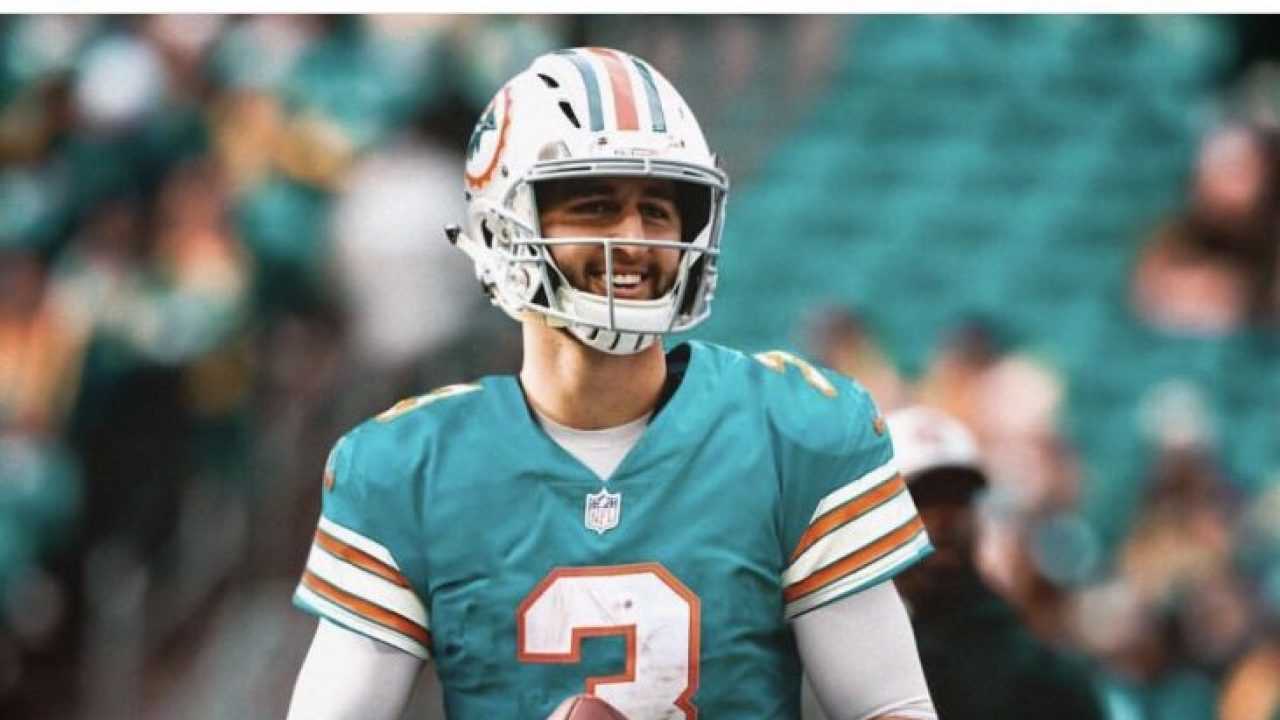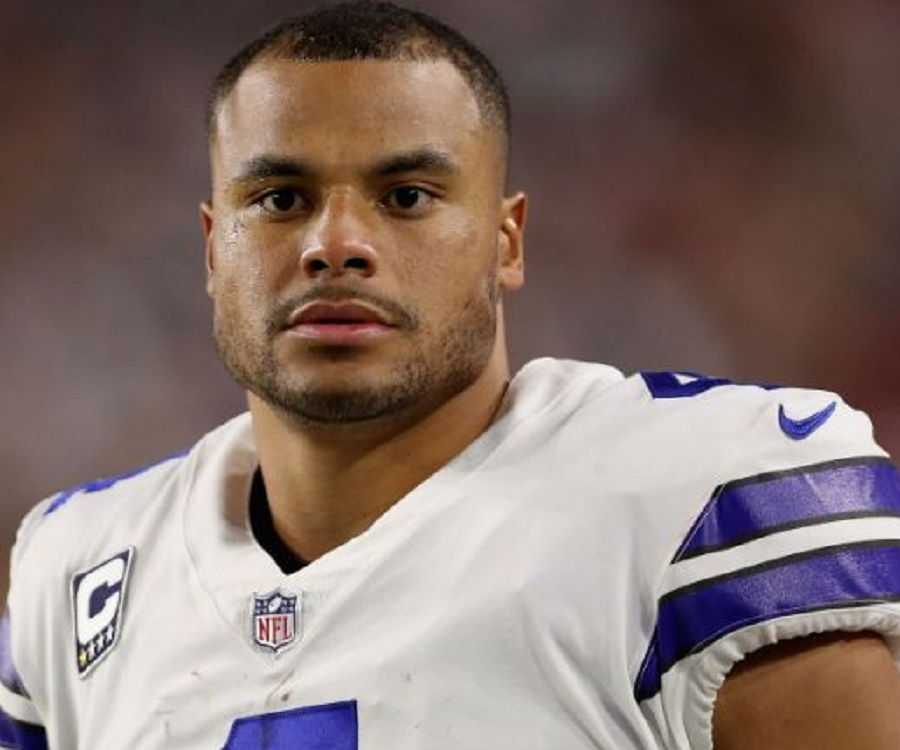Brooklyn Nets’ star Kevin Durant is a great player, absolutely phenomenal. Durant came into the NBA in 2006 and quickly took the league by storm. During his rookie season, he would average 20.3 PPG and go onto win Rookie of the Year. Since 2006, Durant has averaged 27.4 PPG. This shows how dominant he has been. Durant’s dominance was not only a regular-season occurrence, as he has shined in the playoffs as well. During Durant’s nine postseason appearances, he has averaged 29.1 PPG and was crowned Finals MVP in 2017 and 2018. These numbers show us how astounding a player Durant is, and how he will most likely end up in the NBA Hall of Fame. Unfortunately, Durant’s list of accomplishments may come to a sudden stop with his recent Achilles injury.
Houston and the Achilles Injury
During the 2019 playoffs, Durant was injured in the Game Five matchup between the Golden State Warriors and the Houston Rockets. The injury was a minor-calf strain and sidelined Durant for the remainder of the Western Conference Semifinals. Durant would make his return in Game Five of the NBA Finals, and proceed to light up the Toronto Raptors by scoring 11 points in 11 minutes. Unfortunately, this is where disaster would strike, as at the 9:51 mark of the 2nd quarter Durant would go down grabbing his right Achilles. Durant would be helped off the court and his Warriors would go on to win the game but lose the series.

History of the Achilles Injury
This Achilles injury is rather worrisome as its list of victims is not a promising one. Throughout the NBA’s storied history there have been a number of stars and promising players that have been struck by this injury. Hall of Fame players such as Isiah Thomas, Patrick Ewing, Kobe Bryant, and Dominique Wilkins all suffered Achilles injuries and saw their on-court ability decrease once they returned.
Isiah Thomas

Career Numbers: 19.2 PPG, 3.6 TRB, 9.3 AST
Pre-Injury: 14.8 PPG, 2.7 TRB, 6.9 AST
Post-Injury: Retired
Isiah Thomas is an all-time great player. He will be remembered for a number of reasons. Thomas’ career was stunning, with him leading the Bad Boy Pistons to two NBA Titles. He would also be voted into the All-Star game for 12 consecutive seasons, up until his last. Thomas’ last season was his worst, as age was catching up to “Pocket Magic,” and his numbers were declining. Thomas suffered his injury on April 19, 1994, and would announce his retirement a year later.
Patrick Ewing

Career Numbers: 21 PPG, 9.8 TRB, 1.9 AST
Pre-Injury: 17.3 PPG, 9.9 TRB, 1.1 AST
Post-Injury: 10.2 PPG, 7.0 TRB, 0.8 AST
Ewing suffered his injury during Game Two of the 1999 Eastern Conference Finals between his New York Knicks and the Indiana Pacers. Ewing was able to make a recovery and would return to the court during the next season. He would go on to play for three more seasons but was never able to recapture his former on-court power. Ewing would play for the Knicks for one more season, before being traded to the Seattle SuperSonics. Ewing would sign with the Orlando Magic in 2001, and announce his retirement after the 2002 playoffs.
Kobe Bryant

Career Numbers: 25.0 PPG, 5.2 TRB, 4.7 AST
Pre-Injury: 27.3 PPG, 5.6 TRB, 6.0 AST
Post-Injury: 17.9 PPG, 4.5 TRB, 4.9 AST
The late Kobe Bryant was injured on April 12, 2013 in a game against the Golden State Warriors and would go on to be sidelined for the next eight months. Before he suffered his injury, Bryant was his usual dominant self, as he was averaging 27.3 PPG. Bryant would return in the 2014 season, and would continue to play until 2016, but after his return he only averaged 17.9 PPG.
Dominique Wilkins

Career Numbers: 24.8 PPG, 6.7 TRB, 2.5 AST
Pre-Injury: 28.1 PPG, 7.0 TRB, 3.8 AST
Post-Injury: 21.4 PPG, 5.8 TRB, 2.1 AST
Dominique Wilkins is the only player to suffer an Achilles injury and make a perfect recovery. “The Human Highlight Film,” was injured on January 28, 1992 in a game against the Philadelphia 76ers. Wilkins would be out for the rest of the season but returned the following season and dominated. Wilkins’ only bad season was in 1988, but he was 38 at the time and was no longer able to compete at the NBA level.
Achilles Injury Recovery
One could look at Wilkins’ miraculous recovery and argue that Durant could follow in his footsteps. You could also argue that there have probably been surgical improvements that will allow Durant to make a full recovery. This is a decent argument, but Bryant and DeMarcus Cousins (injured in 2018) were most likely able to receive state of the art treatment and nonetheless experienced a drop in on-court production.
Furthermore, Wilkins experienced his injury when he was 27 and was still relatively young. Thomas, Ewing, and Bryant suffered their injuries in their mid-30s, and that matters. As people age it becomes progressively harder for the body to heal quickly and for the victim to retain their previous athletic ability. Increased age also complicates further injury as an older athlete has a higher chance to re-aggravate a previously sustained injury. Durant may not be as old as the other victims, but his age is increasing with every season. Age and injury can force a good player to retire quicker than they may have wanted.
Looking Forward
When looking at Durant’s future, one must recognize an uncomfortable possibility. Durant may return to the floor, but may no longer be the player we all know. This inconvenient truth does not bode well for the future of the Brooklyn Nets. If Durant suffers the same fate as previous stars, and Kyrie Irving continues to become injury prone, the Nets may be looking at two stars whose best days are behind them (2014 déjà vu). Although this possibility is worrying for Nets fans, there is a silver lining. A less effective Durant and Irving can still be a force that brings in success for the Nets. However, this success could fall short of the Larry O’Brien trophy being hoisted in Barclays Center.
Follow me on twitter at @swainger_danger and check out other NBA articles by the Belly Up Sports team.






